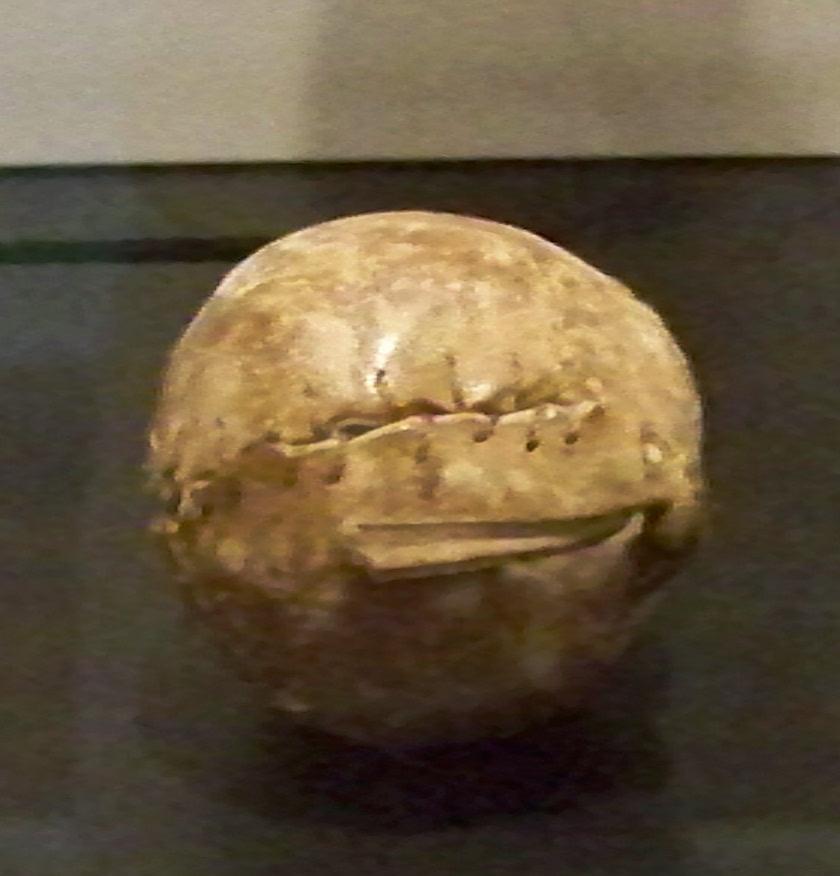

Like its predecessor, Chunky, stick ball was a game of chance that brought people together from neighboring villages. As Chunky diminished in popularity during the 18th century, stick ball became the central focus and continues to be popular today among Native Americans. Not unlike major sports today, those who excelled at the game became local heroes much like a great warrior might have become.
Stick ball required skills similar to those required by warfare – strength, speed, endurance, and agility. The game was often referred to as “younger brother to war” and “little war.” Early observers described the games as extremely chaotic and quite violent, not unlike a battle. Unlike lacrosse, stick ball was played with two hickory sticks of about 30 inches in length with leather webbing on one end. The cups on these rackets was a good deal smaller than a lacrosse racket. The balls were made from stitched hide stuffed with deer hair, often with a small stone or other solid object in the center.
The field size varied with the size of the teams, which could be any number of players as long as the teams were of even numbers. Goal posts could be one post, two posts, or two posts with a cross bar. Scoring required a player with the ball to touch or pass through the goal posts.